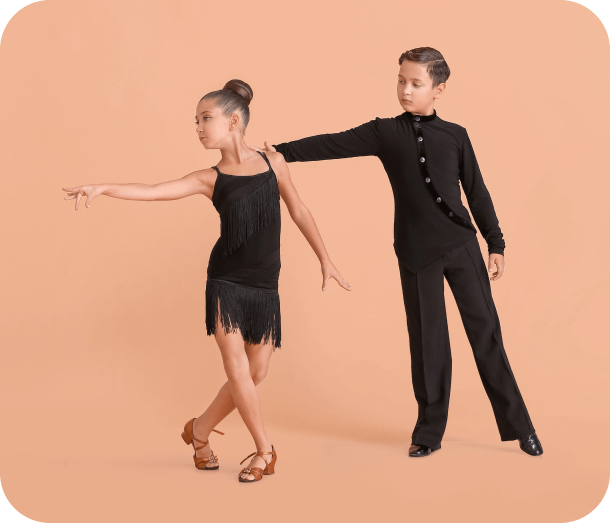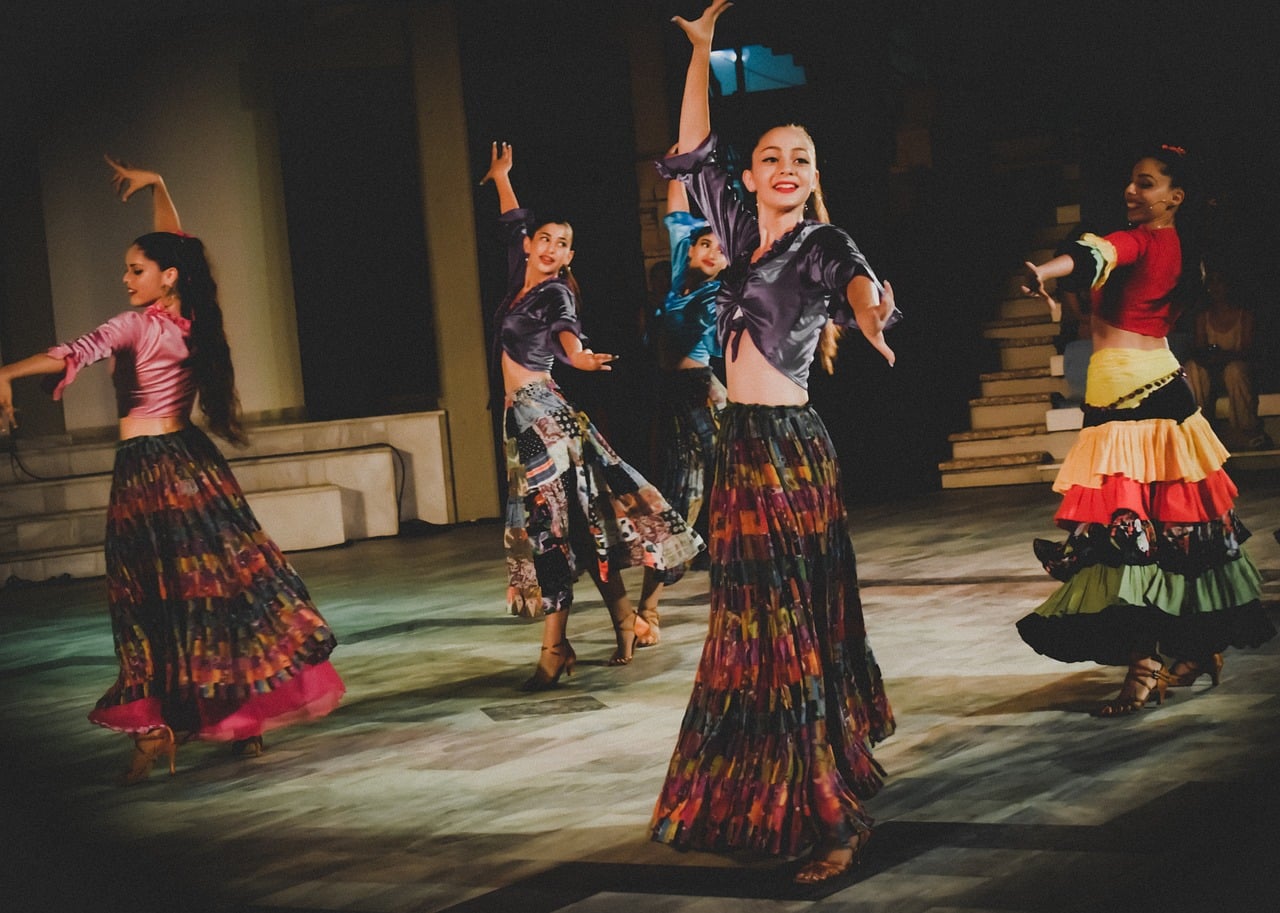Latin dance is a passionate and rhythmic dance style originating from Latin America. It encompasses a variety of lively and vibrant partner dances. Latin dance showcases intricate footwork, sensual postures, and infectious energy, captivating both the dancers and the audience alike.

The Charm of Latin Dance
Latin dance exudes a vibrant and passionate charm that captivates both dancers and audiences alike. It encompasses a rich array of dance styles, including Salsa, Bachata, Merengue, and more. Latin dance is renowned for its infectious rhythms, sensual movements, and expressive storytelling. It establishes a strong connection between partners, fostering communication, trust, and collaboration on the stage.
Dynamic footwork, hip swings, and intricate choreography create a sense of energy and passion. Latin dance not only offers a joyful and exhilarating experience but also serves as a celebration of culture and community, bringing people together through the universal language of dance and music.
Latin Dance & Ballroom Dance
Ballroom dance, also known as international standard dance, is divided into two major categories: Latin dance and Modern dance. Latin dance consists of Cha-Cha-Cha, Rumba, Samba, Paso Doble, and Jive, while Modern dance includes Waltz, Tango, Foxtrot, Viennese Waltz, and Quickstep, making a total of ten different dance styles. In other words, these ten dance styles are all part of ballroom dance.
Latin dance, also known as Latin social dance or social ballroom dance, originated as a part of international ballroom dance. It is characterized by its casual, relaxed, and free-spirited nature, offering ample room for self-expression. Latin dance is a popular folk dance characterized by passion, romance, vitality, and energy, with a distinct style that has evolved over the course of Latin American history. It is deeply loved by the people of Latin America and has become an essential part of their lives.
In general, Latin dance includes styles such as Salsa, Merengue, Cumbia, Bachata, Cha-Cha-Cha, Samba, and Lambada. Among them, Salsa, originating in Cuba, is the most famous and beloved by most people. Cuban Salsa has its roots in Mambo, a highly popular dance from the 1940s to the 1960s, and Cha-Cha-Cha is one of its variations. Cuban-style Salsa originated on the streets, where people danced freely to the music, creating an atmosphere of joy and happiness.
The currently popular European and American Salsa is the New York style Salsa. New York style Salsa is fundamentally different from Cuban Salsa. It is danced in a 4-beat pattern, taking three steps on the first three beats and pausing on the fourth beat. It is known for its lively and exuberant style, with a wide variety of dance movements and rapid changes, making it highly entertaining and performance-oriented. Dancers put their heart and soul into it, and every part of their body is filled with passion and energy. The New York style is currently the predominant style.
On the other hand, Cuban-style Salsa involves taking four steps in a 4-beat pattern, with a humorous and self-amusing element. In comparison, New York three-step style is more passionate, charming, and dynamic.
Merengue, originating from the Dominican Republic, is a 2-beat dance in which the hips sway from side to side, creating a romantic, sensual, and charming atmosphere.
When it comes to Latin dance attire, it should match the casual, romantic, and carefree nature of the dance. Pay attention to the style, design, and patterns that complement Latin dance. The key is to achieve a balance between casual and appropriate attire. Matching the color and size of the shoes with the overall outfit is also important for a coordinated and harmonious look.
